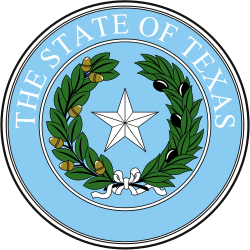| |||||||||||||||||
| Turnout | 78.4% 75.1% | ||||||||||||||||
|---|---|---|---|---|---|---|---|---|---|---|---|---|---|---|---|---|---|
| |||||||||||||||||
| |||||||||||||||||
| Elections in Texas |
|---|
 |
The 1934 Texas gubernatorial election was held on November 6, 1934, in order to elect the Governor of Texas. Democratic nominee and incumbent Attorney General of Texas James Burr V Allred defeated Republican nominee D. E. Waggoner in a landslide. [2]



